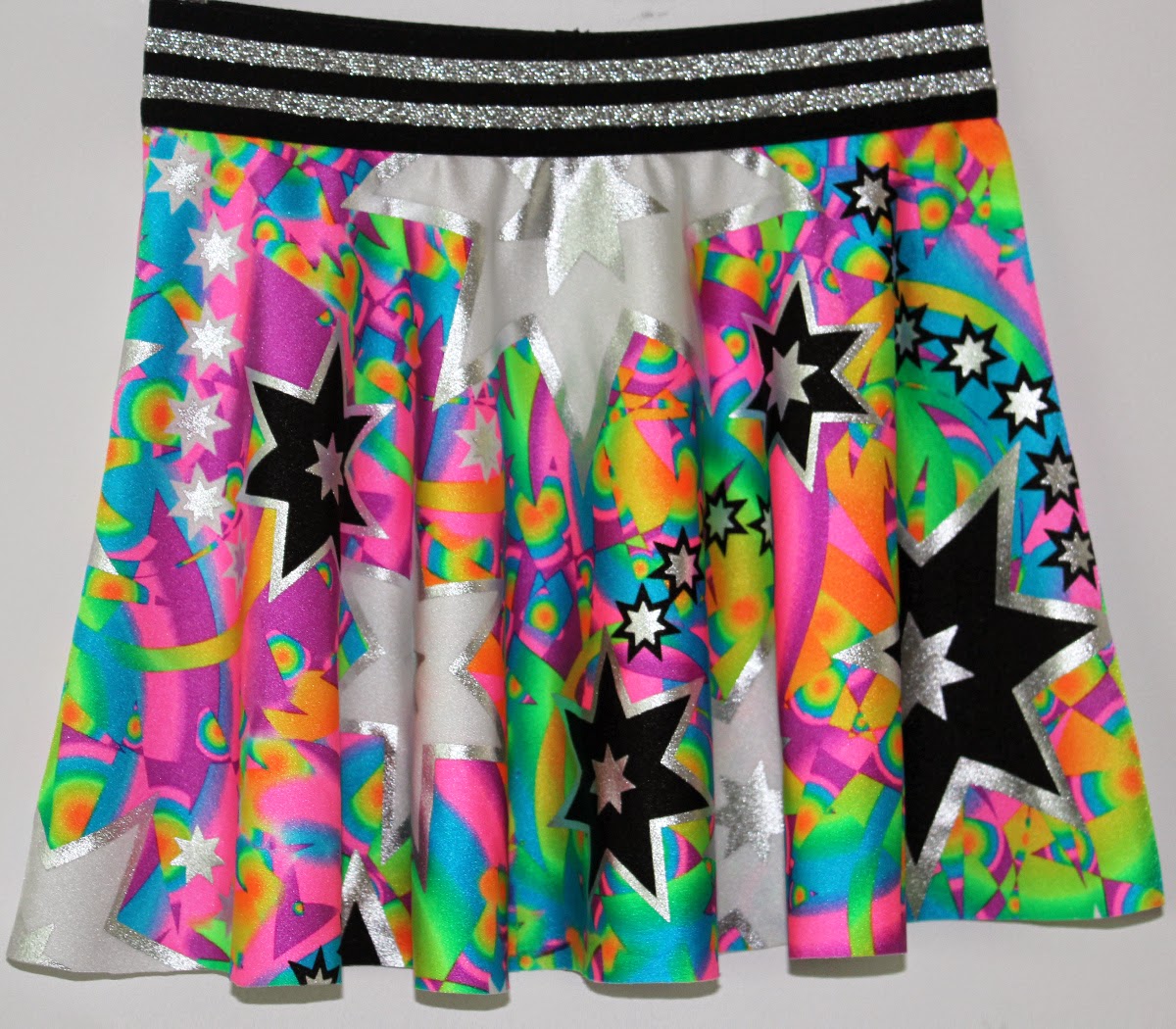My insanely fabulous friend, Jen from One Thimble magazine asked if I would put together a bit of a binder foot review for the latest edition of the magazine. It just so happened, that I was already putting something together and working with my friends at Janome to organise a bit of a pattern club promo for you too!
You can find details of the promo here.
I have only recently started playing with
the binder foot and I am totally in LOVE!
The uses for a binder foot are endless,
here are a few suggestions of things I have tried!
- Edging a pocket
- Edging a ruffle
- Hem
- Edging a dress or pant lining rather
than overlocking or concealing the edge
- Add to a jacket or dress facing
How to use:
1 (a) USE YOUR OWN BIAS
Using the size gauge on the side of the
foot, cut a strip of fabric to the correct size (preferably on the bias,
especially if using on a curved edge).
Cut the end of the strip on an angle to make inserting easier.
Using a pin or unpicker, guide the bias
through the mouth of the cone and pull through under the foot.
1 (b) USE PURCHASED BIAS BINDING
You will need 12mm single fold bias.
Cut the end of the bias on an angle to make
inserting easier.
Thread the bias tape through the first slot
on the side of the cone.
Use a pin or unpicker to guide the bias
through the mouth and pull through under the foot.
2. FEEDING MAIN FABRIC
Snap binder foot onto your shank with the binding positioned under the foot.
Lower the foot and sew a few test stitches to make sure you are happy with the
needle position. I normally move mine
one position closer to the left.
Feed main fabric through the slot. Fabric should be positioned as close as
possible to the needle and as far to the right as you can ensuring that you
don’t ‘miss’ it when sewing.
As you start to stitch, the bias will grip around the edge of the main fabric
and pull it through under the foot.
3. STITCHING
Pull main fabric to the right slightly
while sewing.
Don’t stretch the main fabric or the bias when sewing or it may result in
puckers.
When at the end, stitch a few inches past
the end and then snip the binding allowing you to continue sewing your next item,
without having to take the foot off to feed the bias again.
Check the finished item to ensure your bias
is correctly attached along the length and if your bias has come away from the
main fabric or the stitching has gone off the edge in any sections, just unpick
a little around the trouble spot, correct the problem, press and then stitch it
with your normal foot.
There is not much I don’t like about this
foot, but here are a few observations:
It is advertised as being able to use decorative stitch with the foot, but I
have found it difficult to use with any decorative stitch other than a zigzag
as the stitches are usually too wide to fit on the bias edge and I don’t like
the look when stitching on both the main and bias.
I prefer to use store bought 12mm bias binding
as the home made strips don’t always fold neatly on the underside, this could
be because I tend to use quilting weight fabric though and it would probably
work better with a lighter weight fabric and more practice!
Helpful YouTube videos:
I used my binder foot when I made this cute skirt too. You can find out how to make your own skirt here.
My very talented friend, Sandra from Shabbylicious Designs made this with her bias binding foot. She was a little cross at me as she has spent a lot on metallic thread and had sewn most of her layers when I talked her into using her binder foot that she had previously discarded because once she did one tier, she wanted to go back and redo all of them!


































